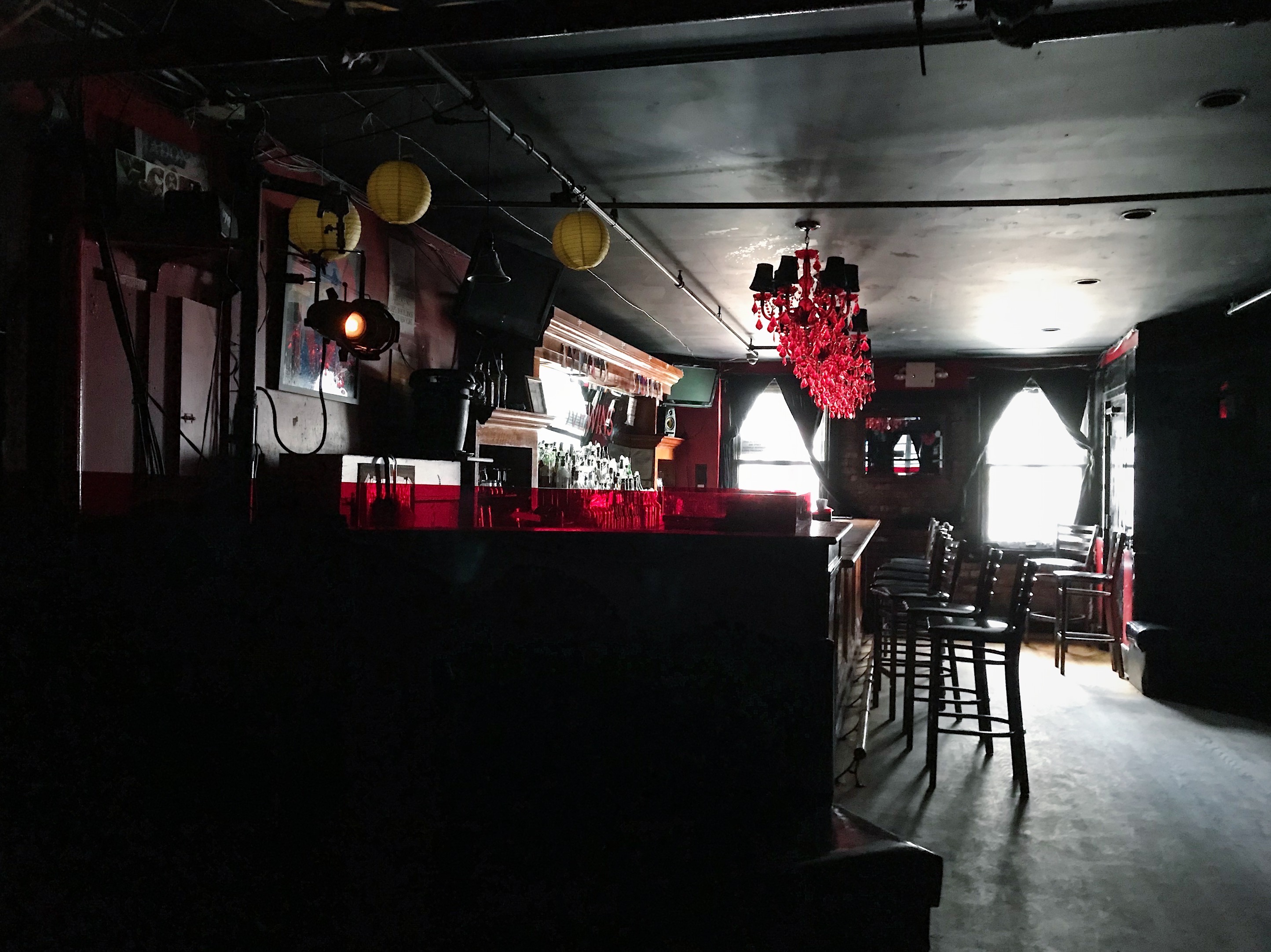
From 1991 to 1993, a serial killer stalked New York’s gay community. The dismembered bodies of four men were found, dumped along roadsides in New Jersey and Pennsylvania. For 10 years, he preyed on vulnerable men from the shadows, a real-life boogeyman who wouldn’t be caught and convicted until 2001. The press dubbed him the “Last Call” killer because all of his victims were last seen alive at a bar.
The Last Call killer was active for 10 years before being apprehended. Most sources point out that homophobia in the media and law enforcement affected how the victims’ cases were investigated. There is truth to this, as evidenced in past true-crime cases in which the victims are members of any minority community. In high-profile serial killer cases such as John Wayne Gacy and Jeffrey Dahmer, there were instances where homophobia and racism in law enforcement, the judicial system, and the media hindered the investigation, allowing a killer to continue to roam free.

Peter Anderson
Our story begins on May 5, 1991. A maintenance worker in Lancaster County, Pennsylvania found a heavy garbage bag at a roadside rest stop. The bag’s extreme weight aroused his curiosity and he looked inside. “It looked like a loaf of bread,” he said. “But then I saw freckles.” (Massad, I., 2024)
The remains were those of 54-year-old investment banker Peter Stickney Anderson. He was last seen at a gay bar, an upscale hot spot in Manhattan called The Townhouse. In an odd twist of fate, Time reports, Anderson’s longtime friend Tony Hoyt was one of the last people to see Anderson alive.
Anderson and Hoyt had known each other since the mid-’60s. Hoyt told a depressing and familiar tale of growing up queer during that period. He and Anderson shared a mutual attraction they didn’t act on when they were younger. The two married women and had children, as many gay men did at the time—whether due to internalized homophobia, denial, or fear of social repercussions.
Judy Berman’s 2023 article for Time cites an interview with Hoyt. “Where I grew up, everybody was straight,” Hoyt recalled. “One was not a homosexual.” Several years later, they crossed paths again and consummated their true feelings for each other. Hoyt admitted that this was his first same-sex experience. “We fit together, and we were safe together,” he says. Unable to pursue their relationship, they remained closeted.

Thomas Mulcahy
The following year, in July of 1992, sanitation workers uncovered trash bags filled with human remains dumped beside a road in New Jersey. As in Pennsylvania, the bags’ extreme weight, aroused the workers’ curiosity. One of the workers looked inside and found a human head.
These bags bore what would become the Last Call killer’s signature. The body was expertly severed into seven parts, displaying knowledge of anatomy. All the body parts were double-wrapped in trash bags that were double-tied. Everything—bags and body parts were cleaned.
The killer left a lot of evidence with the remains, including a shower curtain, bedsheet, blood-stained saw, and latex gloves. The medical examiner determined that the victim was stabbed to death before being dismembered. The most important item left in the bags was the victim’s wallet.
The remains were of Thomas Mulcahy, a 56-year-old Massachusetts resident. Mulcahy was an executive who sold computer equipment. He was on a business trip in Manhattan. Margaret, his wife of 33 years filled detectives in a bit about their life. They had four adult children. According to a 2010 episode of Forensic Files, Margaret was aware that her husband had same-sex relationships.
Forensic Files reports that detectives traced activity on Mulcahy’s credit card and determined that he was last seen, like Anderson, at The Townhouse. Eyewitnesses described Mulcahy talking to a white man with brown hair. Investigators put a composite sketch together and released it to the media. The latex gloves included a price tag, which detectives traced to a CVS in Staten Island. According to detectives, from there, the case, reportedly, went cold.
Time’s article on Anthony Caronna’s 2023 documentary Last Call: When a Serial Killer Stalked Queer New York, quotes Mulcahy’s daughter, Tracy O’Shea, lovingly recalling her father as a “very kind, kind of gentle, funny in a quirky kind of way […]The big thing was, he kind of let us be ourselves.”
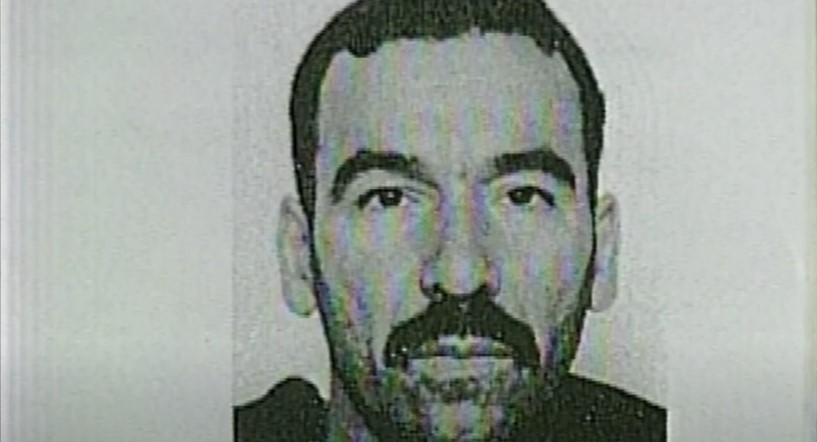
Anthony Marrero
Another set of garbage bags containing human remains was recovered in Manchester Township, NJ one year later in 1993. As in the Mulcahy case, the remains were double-bagged and tied with similar knots. The body was also severed in the same way —into seven parts with precise cuts. As with the previous cases, the bags and body parts had been washed.
A crucial piece of evidence was left behind — a shopping bag with the words “President’s Choice” on it. This particular bag was only distributed by nine stores, one located in Staten Island near the CVS where the gloves were purchased. Forensic specialists used super glue fuming allowed forensic specialists to lift two partial fingerprints and a partial palm print from the bag. The prints were entered into a national database. No matches were found and the case went cold.
Investigators did get a match on the deceased’s fingerprints. It just so happened the victim had a criminal record. The remains were those of Anthony Marrero, a bisexual 44-year-old sex worker.
A 2023 Rolling Stone article points out the media’s disrespectful handling of Marrero’s death. Tabloids used terms such as “gay-slay” when writing about the killings. Multiple sources reference Marrero’s obituary in the New York Times, published with the headline “Anthony Marrero: Crack Addict, Prostitute.” The obituary states that Marrero’s life was “‘marked by a failed marriage, drug addiction and ultimately gay prostitution, the authorities said.’”
“Clearly, it can’t be easy to solve or report on a crime when you view the victims as less than human.” Rolling Stone also quotes Police Benevolent Association President Samuel DeMilia from archival news footage in the Caronna’s documentary, saying, “When you’re talking about homosexuals, you’re talking about someone who commits a crime.” DeMilia’s statement is an indictment of the victims simply because of who they were, devaluing them as human beings because of it.
Time also discusses Marerro’s family. Marerro’s grand-nephew Antonio, who is also bisexual, talked about how his family kept his great-uncle’s story from him for many years. Anthony Marerro’s brother is still in denial, saying. “I don’t think he was gay or anything like that.”
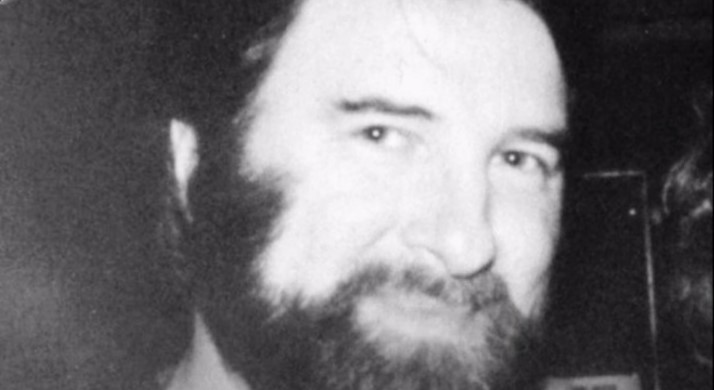
Michael Sakara
Two months later, 12 miles outside New York City, another garbage can containing human remains was found. The remains were disposed of in the same way as Anderson, Mulcahy, and Morrero.
The victim was identified as 56-year-old Michael Sakara, a gay man active in the queer community. A regular at the Five Oaks piano bar, bartender Lisa Hall was a key witness. Hall said a White male sat next to Sakara and started talking to him. Sakara introduced Hall to the man and said he was a nurse at St. Vincent’s. As she left the bar for the night, the two were still talking.
Hall recalled, “Michael was not the type to go home with anyone, and it seemed like he knew him, you know, I didn’t think anything of it”(Forensic Files, 2010). No one saw the two men leave the bar together. When speaking with detectives, Hall had difficulty recalling the man’s name, remembering that it was a common name like John or Mark. However, she recalled enough of the man’s appearance to create a composite sketch and the details about the man’s occupations.
Police followed up on the information and went to St. Vincent’s Hospital. They zeroed in on a suspect, a male nurse who fit Hall’s composite and lived in Staten Island. However, his fingerprints didn’t match the ones now on file. Investigators say the trail went cold after that.
“There were no motives,” Prosecutor William Heisler told Forensic Files. “Nobody had anybody mad at them, nobody was going to profit by anybody’s death, there were no jealous lovers.” Heisler insists that the investigations just went cold. The murders also reportedly stopped.
Time references Caronna’s documentary in which Sakara’s former partner regrets never reconciling. Sakara’s younger sister Marilyn recalls her brother’s “openness, despite a rough childhood and an undesirable discharge from the military, made her own coming out easier: ‘He grounded me, and I felt protected.’ The camera lingers on Marilyn grasping the hand of her spouse, Karen, and zooms in on a shelf in their home, loaded with books about grief.”
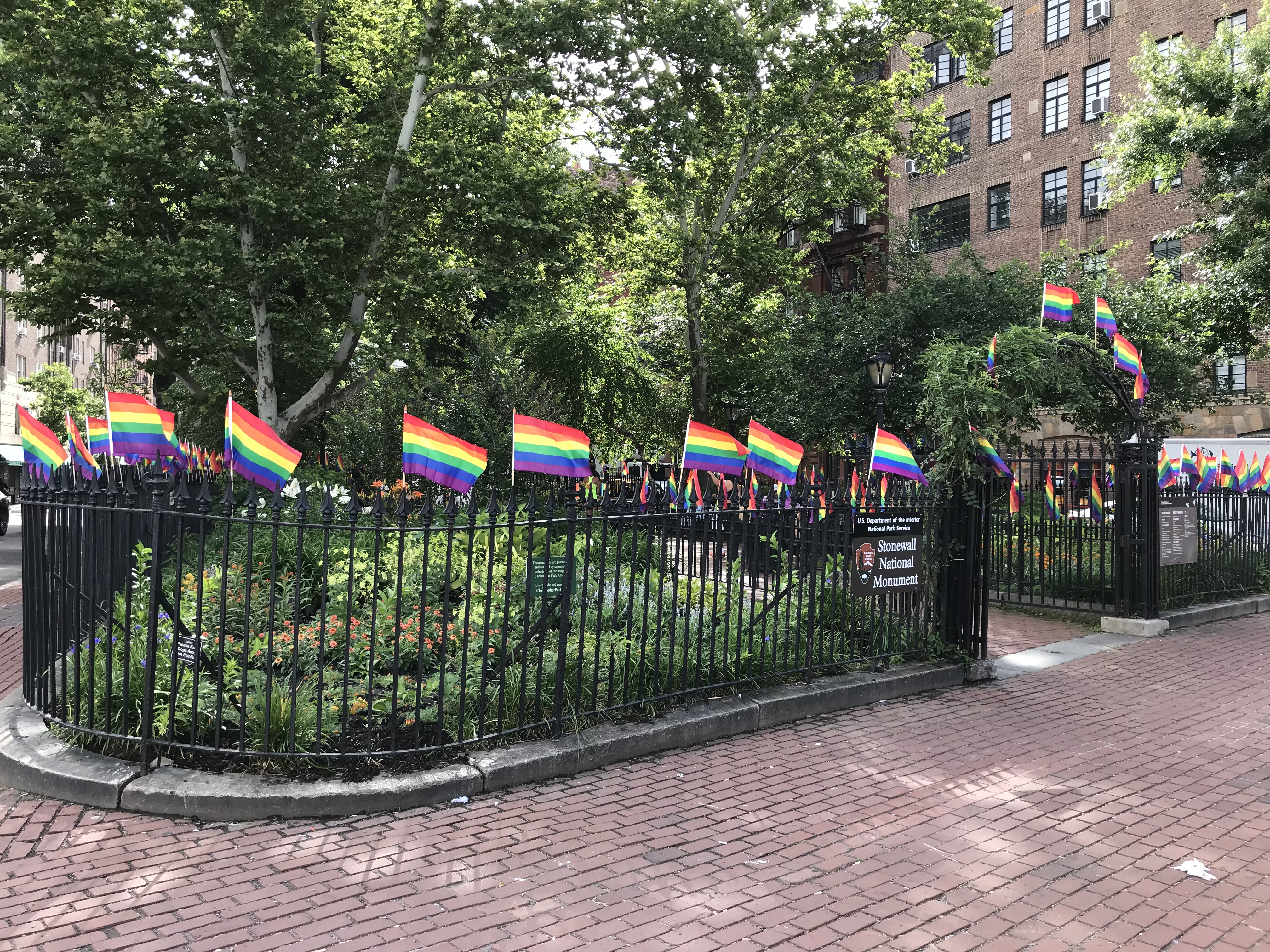
The LGBTQ+ Community Responds
Investigators say the trails just went cold. Is there another side to this story? During the early 1990s, New York City’s LGBTQ+ community faced the devastating AIDS epidemic. The year 1992 recorded 58,174 diagnoses and 38,635 fatalities, with deaths escalating to 46,060 by 1993. Concurrently, hate crimes surged, and the Last Call murders shattered the sanctuaries of many LGBTQ+ individuals: the bars. The bars were supposed to be a safe place for the LGBTQ+ community.
Prevalent anti-LGBTQ+ sentiment within the NYPD, exemplified by DeMilia’s comment and Commissioner Raymond Kelly’s membership in the Emerald Society—which in 1991 rejected LGBTQ+ participation in the St. Patrick’s Day Parade—is thought to have compromised the murder investigations.
Law enforcement officials expressed uncertainty about managing the investigation. (“I don’t know about where all the gay bars are in New York City,” one says, a sense of rigid masculine pride underlying).” (Lee, B., 2023). The media either ignored or sensationalized the killings. With the lack of regard expressed by mainstream society, the responsibility fell to community activists such as the Anti-Violence Project.
Born from the frustration over violence directed at New York’s LGBTQ+ individuals and the NYPD’s apparent indifference, The Anti-Violence Project sprung into action once they became aware of the Last Call Killer. The organization attempted to work with the police but they encountered obstacles such as unreturned calls and withheld information. They decided to take the initiative by distributing flyers in bars to raise awareness.
Activists took to the streets with flyers warning of the murderer and offered rewards for tips. Journalists from Gay USA and Gay City News reported on the killings and held politicians accountable for their neglect. The narrative of the Last Call Killer is one of delayed justice but also showcases a community’s resilience and determination to defend itself.
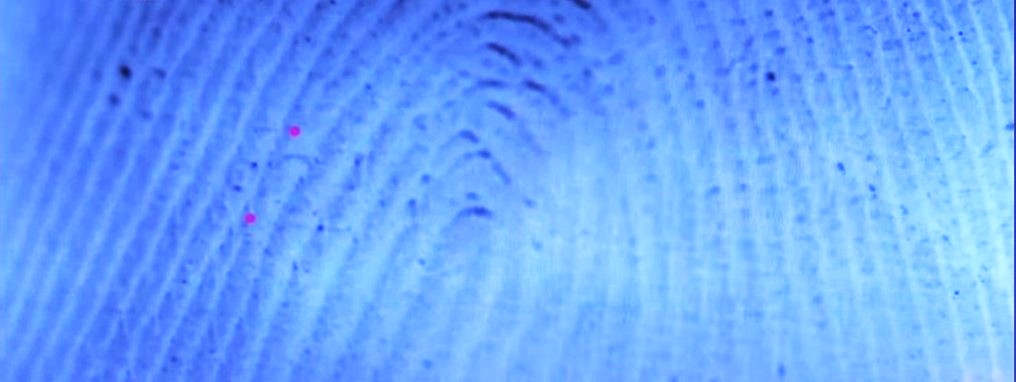
A Positive ID
Elon Green, author of Last Call: A True Story of Love, Lust, and Murder in Queer New York, on which Caronna’s documentary is based, told A&E that detectives may not have revisited the Last Call cold case if not for the diligence of Thomas Mulcahy’s wife, Margaret. Margaret Mulcahy’s persistent efforts, which included hiring a private detective and insisting on a meeting with the leader of the original task force, Matthew Kuehn of the New Jersey State Police, led to detectives reopening the case. Her actions led the investigators to consider alternative methods and collaborate with the Toronto Police Service regarding the use of vacuum metal deposition (VMD).
VMD is a forensic method used to improve the visibility of fingerprints, especially those on plastic materials like the trash bags utilized to discard body parts. This technique is particularly effective for enhancing partial fingerprints.
Kuehn, alongside another detective, distributed the improved yet still anonymous fingerprints to forensic laboratories across all states. Among the recipients was Kimberly Stevens, a dedicated young forensic scientist in Maine. Despite her enthusiasm, she had low expectations for the random set of prints she received. She believed that the effectiveness of databases like AFIS (Automated Fingerprint Identification System), which is designed to match fingerprints, is limited by the quality of the prints it contains, which are often substandard.
Nevertheless, AFIS identified 30 possible matches from the fingerprints found on the bags in Canada. The match was a man named Richard Rogers, who had been arrested for the murder of his roommate, Fred Spencer, in 1973. Stevens credits the real unsung hero as the individual who captured Rogers’ fingerprints in pristine condition back in 1973. Those high-quality prints were crucial; without them, even the latent prints from Canada wouldn’t have been significant.
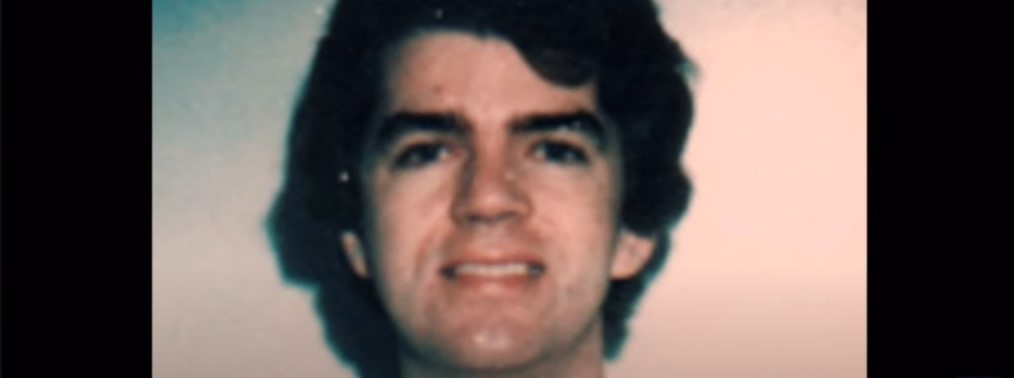
The Last Call Killer
Rogers was accused of killing his college roommate, Frederick Allen Spencer, with a hammer in 1973. Roberts claimed what is known as the gay panic defense. He said that he killed Spencer in self-defense after Spencer made a pass at him. Rogers was acquitted, and free to move on with his life. He then earned his nursing degree and moved to New York.
Rogers escaped the law again in 1988. He allegedly assaulted and drugged a man at his Staten Island apartment, whom he left on the street. Although the victim testified, Rogers was acquitted.
Rogers was working at Mount Sinai Hospital in New York, where police arrested him in 2001 in the intensive care unit. “He was gay, didn’t really seem to have any long-term relationships,” Prosecutor William Heisler said. “In your wildest dreams you would not look at Richard Rogers and say this guy is a serial killer.” (Forensic Files, 2010)
Lisa Hall chose Roger’s picture from a photo lineup as the man she saw with Mike Sakara at the bar on the night Sakara was murdered. “It was just a horrible, horrible thing,” she said. “And I’m just so glad they got him before he could murder any other people. “ (Forensic Files, 2010)
Rogers lived in Staten Island a short distance from the stores where the garbage bags and latex gloves were purchased. Among his belongings, investigators recovered a Bible with passages about beheadings and dismemberments marked off. The most telling piece of evidence was a sedative used as a “date rape” drug, which is also a drug that is not screened for in a routine autopsy.
Rogers never divulged any information about his crimes, so investigators could only speculate as to what happened. Rogers was tried and convicted for two of the murders—the ones which yielded the most forensic evidence. He received a sentence of two life terms plus 65 years in prison.
Investigators speculate that Rogers went to gay bars and targeted men who were intoxicated. He would buy them a drink and slip them the sedative.
Prosecutors speculated that Rogers targeted men who were drinking heavily in gay bars. Slipping them the date rape drug, he took his victims back to his apartment or they may have gone willingly. Once there, the evidence shows that he stabbed them and then dismembered the bodies. He most likely moved the bodies to New Jersey at night to avoid detection. Fortunately, even the most careful criminals make mistakes and Rogers left evidence behind. The elaborate washing of the victims and the bags didn’t remove everything. Rogers never talked to give a motive. Forensic experts say the murders had a clear sexual motivation.

Conclusion
In recounting the harrowing tale of the Last Call Killer, we confront the grim reality of the predators hidden in plain sight. These narratives serve as a stark reminder of the societal shadows where bias and prejudice thrive, often obscuring the truth and delaying justice. This case, steeped in homophobia, is not an isolated incident but part of a recurring pattern where discrimination allows malevolence to roam unchecked.
Yet, these stories are more than a chronicle of fear; they are a call for change. They underscore the urgent need for societal transformation—a world where the LGBTQ+ community no longer contends with the specter of stigma. It is a call for representation, awareness, and unwavering vigilance that can dismantle the barriers of ignorance and hate.
As we forge ahead, let us carry the torch of those who have fought tirelessly for equality and justice. Let their courage inspire us to build a society that not only acknowledges but embraces diversity in all its forms. For in the light of understanding and acceptance, the true monsters have nowhere to hide.
Resources:
Massad, I. (March 9, 2021) The Victims, Rather Than The Killer, Are At the Center Of ‘Last Call.’ NPR. Read here.
[Film Rise True Crime] (March 12, 2021) Forensic Files, Season 14, Episode 8: Touch of Evil. YouTube. Watch here. (Originally Aired December 17, 2010)
Vognar, C. (July 9, 2023). ‘Last Call’: When Cops Let a Serial Killer Terrorize Queer New York. Rolling Stone. Read here.
Berman, J. (July 7, 2023). Last Call Is the Rare True-Crime Doc That Honors the Victims. Time. Read here.
Lee, B. (July 8, 2023). ‘Righteous anger was a part of it.’:The shocking story of New York’s gay bar killer. The Guardian. Read here.
Kahn, R. (March 10, 2021; updated July 25, 2023). What Really Happened With the ‘Last Call’ Killer Who Terrorized NYC’s Gay Nightspots in 1980s and ‘90s? A&E. Read here.
Dubofsky, C. (July 23, 2023). The Last Call Killer: Everything you need to know. Mashable. Read here.
Sun. E. (July 17, 2023). The True Story Behind HBO’s ‘Last Call’ Killer Richard Rogers. Today. Read here.